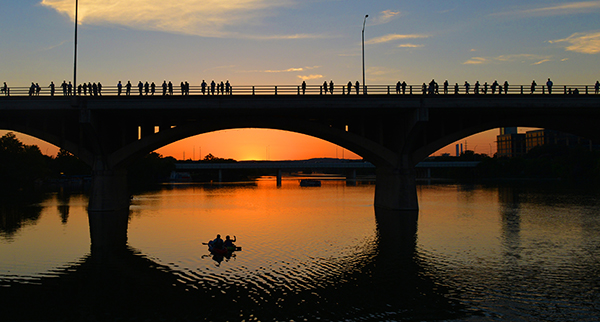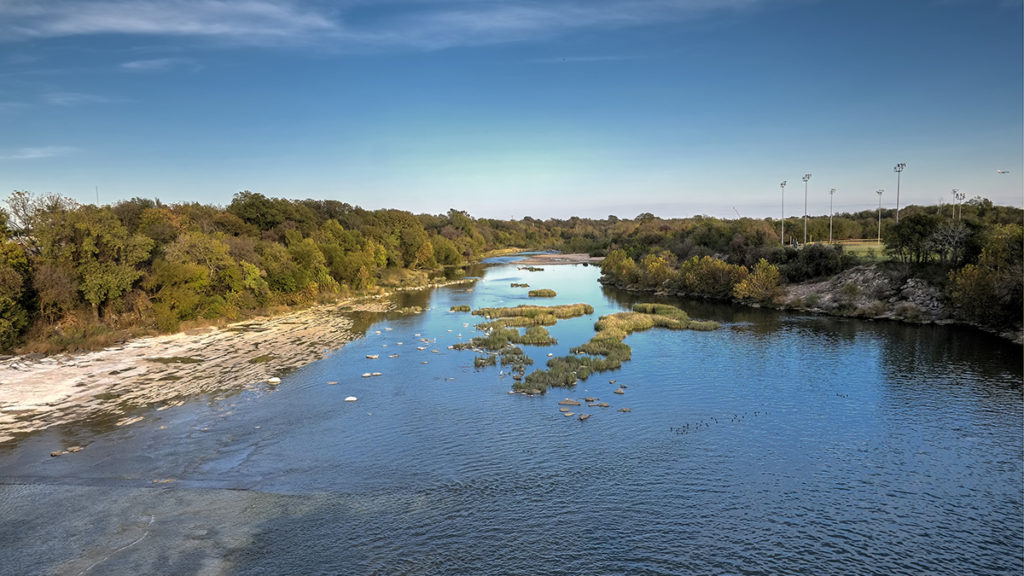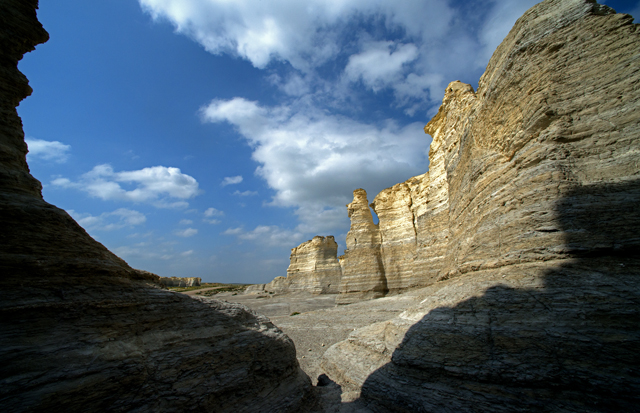
If Austin would like to be a community of rooted citizens enjoying the fruits of diversity, a soulful city, then she must first recognize and celebrate diversity in all of its manifestations and across the entire span of its admittedly brief history.
The investigation, recognition, and celebration of heritage are among the most effective tools to be used in framing and contextualizing urban planning. Through this process (narrative-based planning) everyone is given a voice, those alive today as well as those who contributed in the past.
I thought that everyone knew this already.
Yet, recently attended a “new urbanism” luncheon where the speaker spent 45 minutes talking about city planning without mentioning the words history, heritage, preservation, or conservation. She was quick with “equity” and “gentrification,” but completely incapable or unwilling to accept that cities are first and foremost about people, not objects (such as public spaces, buildings, or roads).
Heritage comes to us from the Old French, and means “that which may be inherited.” Within heritage, history is only a part. Culture and nature are equally important. But, as the word implies, all of these component parts connect our present condition to the resources and contributions from the past, our heritage.
What matters in urban planning are people. We do not plan for cities; we plan for people. An urban plan is ideally a way in which we plan the greatest good for the greatest number of people living within a particular construct called a city.
To know people, we need to know something about their heritage. I am less interested in our artificial classes of people (black, white, Latino, Anglo, male, female, rich, poor) than I am in individuals. Yet, individuals do exhibit patterns of behavior, and those patterns are helpful in planning. Why? Because the patterns are repeated.
What has been will be again,
what has been done will be done again;
there is nothing new under the sun….Ecclesiastes 1:9
My work is in interpreting that which we have inherited (our heritage) so that it can be grasped, shared, and celebrated by the greater population in our city, including urban planners.
Yesterday, Austin’s Mayor Adler challenged those in attendance (predominantly landscape architects, architects, planners, engineers, public servants, nonprofits) to look for ways to democratize Austin, especially in places such as its civic spaces. My response to Mayor Adler is that we should start by democratizing Austin’s history.
Austin’s past is selectively presented. Parts have been erased and expunged from the public arena. My goal is to resurrect these histories, a small step forward in demonstrating that everyone’s contribution to what is now a great city, Austin, mattered in the past and matters now. I am no more interested in the wealthy (white) businessmen who funded our historical buildings downtown than I am in the laborers who actually built them or the tamaleros on Congress Avenue who sold them lunch.
A city without a past is barren and soulless. This is an aimless landscape, inhabited by disconnected, disengaged, hollow-eyed nomads wandering a Kuntslerian nowhere. If we in Austin would like to be a community of rooted citizens enjoying the fruits of diversity, a soulful city, then we must first recognize and celebrate this diversity in all of its manifestations and across the entire span of our admittedly brief history.

